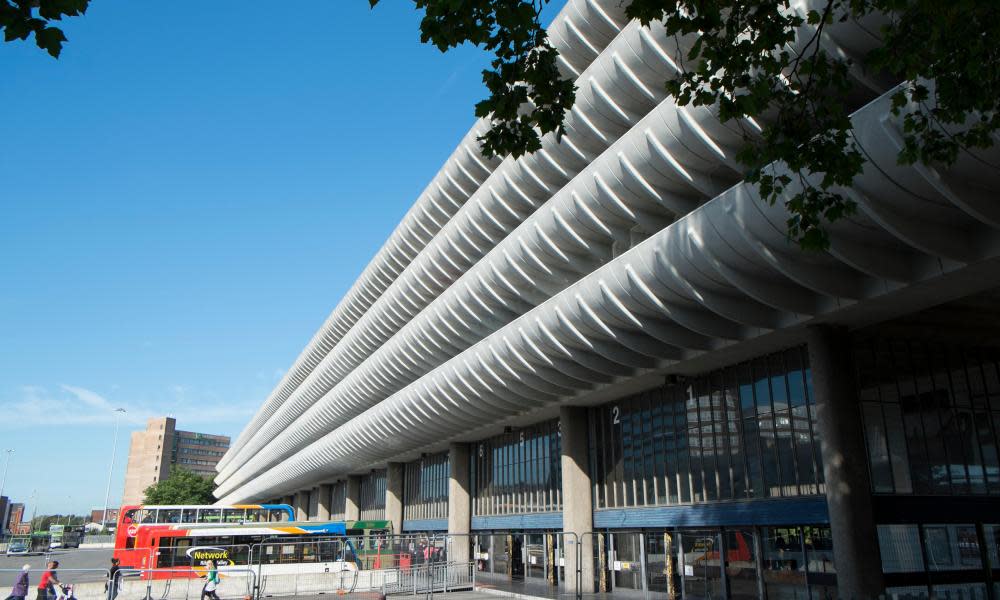Paint Your Town Red by Matthew Brown and Rhian E Jones review – the Preston model

The Lancashire city of Preston, originator of artisans’ guilds, has long been overshadowed by its resurgent neighbours Liverpool and Manchester – but no longer. It’s now better known as the home of “the Preston model” of sustainable economic development, which has boosted local jobs and wages and shown a way to reinvent local government in an age of Westminster dominance.
In 2011 Preston was in a bad way, having lost the backing from global developers Lend Lease and Grosvenor to build a vast shopping complex in the city centre. The 2008 financial crash and its fallout left the Labour council with a choice: to live with Westminster-managed decline, or to consider – in spite of everything we’ve been told for the last 40 years – that there is an alternative way to run local economies.
With this book Preston city council leader Matthew Brown and writer Rhian E Jones make a compelling case for that alternative, blending a concise and unexpectedly gripping account of Preston’s experiment in “community wealth building” with a guide to the grassroots activism that underpins it.
Community wealth building was first developed in Cleveland, Ohio – another city beset by industrial decline and low wages – in the mid-2000s. The city authority replaced multinationals such as the French service-sector giant Sodexho, which had contracts at the city’s hospitals and university, with “purposely created worker co-ops” to supply laundry, catering and other services. The reduced costs of “in-housing” these services directly enabled the creation of 5,000 jobs and a 15% pay rise for employees.
The first principle of the Preston model is that privatised services cost more and give nothing back, a dogma that “wastes billions to subsidise the extraction of profit”. When services are outsourced costs go up, workers’ wages go down, and the difference is pocketed by global companies that have grown grotesquely rich by repeating this formula in every city in the world.
Related: The Preston model: UK takes lessons in recovery from rust-belt Cleveland
The council started small by procuring its services from local companies, then it invited the city’s other public employers to do the same. As more revenue stayed in the city, Preston incubated small businesses and became the north of England’s first living wage employer. Now the council plans to establish a mutual bank, replacing lost branches and aiming to put loan sharks out of business.
It’s not just the right thing to do: it works. By 2020, Preston had achieved its highest employment rate and lowest levels of economic inactivity for more than 15 years, and in 2018 it was voted the UK’s most improved city to live and work in. It also shows how local authorities, within the constraints of austerity and wider economic forces, can make choices that benefit citizens rather than companies. As Brown and Jones state convincingly, that is what democratic government is for. Carry this book around with you and be reminded of what’s possible.
• Paint Your Town Red: How Preston Took Back Control and Your Town Can Too by Matthew Brown and Rhian E Jones is published by Repeater (£10.99). To support the Guardian order your copy at guardianbookshop.com. Delivery charges may apply.

